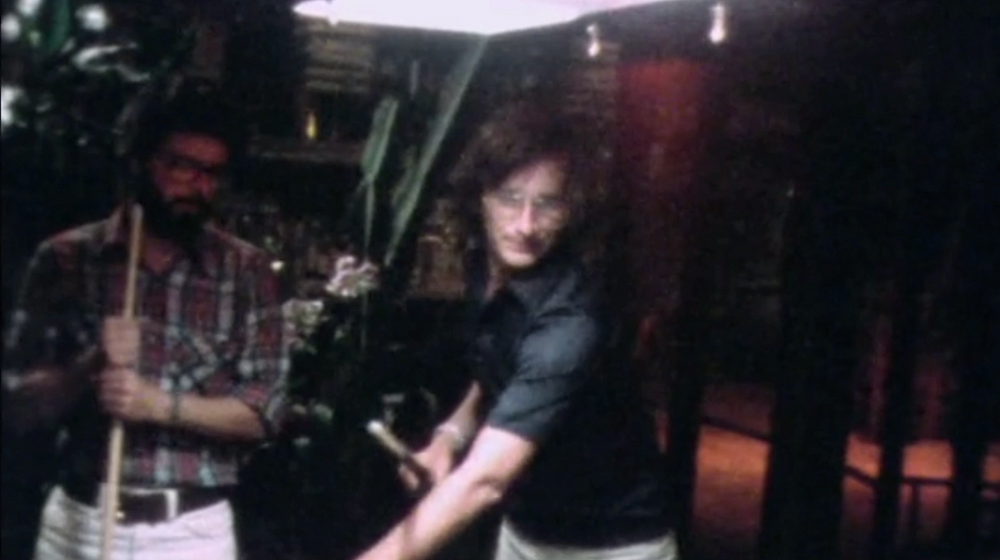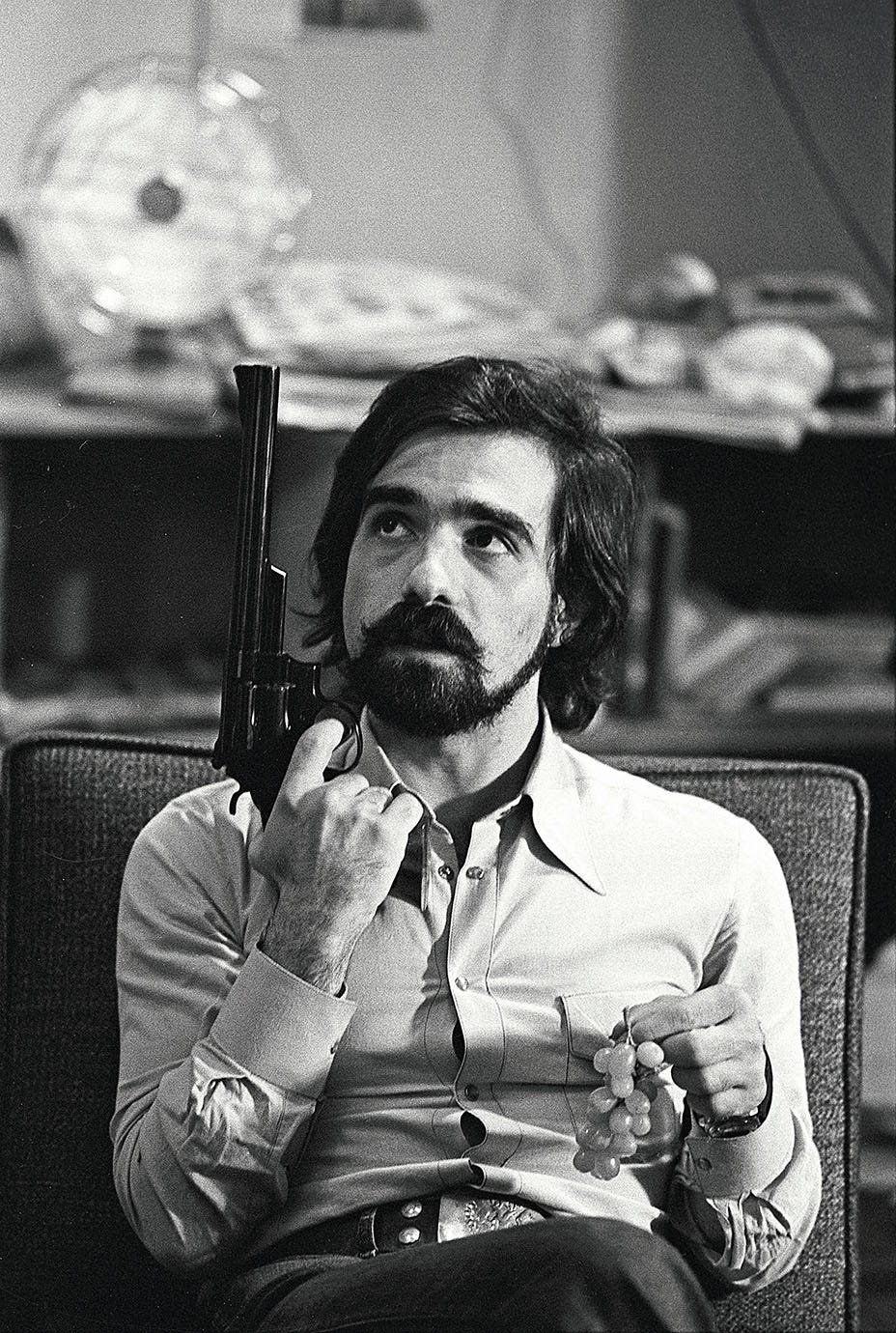“Easy Riders, Raging Bulls” Review
While watching movies is something I love to do with my free time, reading books comes pretty close and many of those books are about film. When it comes to books about the history of film, one of the best and most exciting ones out there is Peter Biskind’s “East Riders and Raging Bulls.” Set in the late 1960s and going up to the early 1980s, this is definitely the history book for people who think that history is boring because of all of the insanity in its pages as well as how it ties into some of the greatest films ever made.
It’s 1967 and the studio system that dominated Hollywood’s Golden Age has all but collapsed. All the old studio heads have croaked, retired or, in the case of Jack Warner, are still on their last legs. Film schools have also popped up at places like NYU, UCLA and USC, bringing together a new crop of youthful filmmakers. No one goes to see the schlock that Hollywood is putting out (I mean, who thought it was a good idea to have Clint Eastwood sing in “Paint Your Wagon”). Instead, they flocked to see foreign films by revolutionaries like Akira Kurosawa, Federico Fellini, Ingmar Bergman, Jean-Luc Godard, François Truffaut and Roberto Rossellini.
In The New Hollywood, a league of filmmakers developed which socialized and encouraged each other. Among these friends were George Lucas (left) and Steven Spielberg (right).
On top of all that, the idealism of the early 1960s has become broken due to key assassinations, the Vietnam War and protests against systemic oppression. Out of this came a group of revolutionary auteur filmmakers who transformed the American culture through their films often at great costs to their physical or mental health. As the subtitle of the book, “How The Sex-Drugs-And-Rock-N’-Roll Generation Saved Hollywood,” suggests, they completely saved the industry, only for the reformed industry to turn its back on many of them.
As many of you can probably guess, some of my favorite filmmakers came from this “New Hollywood:” Martin Scorsese, Steven Spielberg, George Lucas and Francis Ford Coppola. What makes this book stand out from anything else written about The New Hollywood is just how intimate it is. So many people were interviewed for the book and things got really personal. When Biskind writes about “The Godfather,” he’s not just writing about how stressful the shoot was or how, for a while, the Mafia didn’t want this film made, but also about how the shoot affected director Francis Ford Coppola, producer Al Ruddy and executive producer Bob Evans.
Film Historian Peter Biskind took it upon himself to make a book which bottled up all of the magic and insanity of the New Hollywood era from 1967 to 1982.
For those looking for an eye-opening account of this time, this is the book to check out. There’s a careful balance between three elements: the films, the filmmakers’ personal lives and the lifestyle they all lived. All of these elements are well placed but what people are going to walk away from and remember is the insanity of the era. The lifestyles these people had were amazing. For a long time, very few people would go see a film for the director with Alfred Hitchcock being a key exception. But during this time, the directors had just as lavish of lifestyles as the movie stars.
There’s also quite a bit of historical context added to the book and how major historical events affected filmmakers. One key case is the Tate-LaBianca murders that were conducted by Charles Manson. In the eyes of many, these murders were the end of the love and harmony that the 1960s were fighting for. These deaths also shook Hollywood to the core since four of the murder victims were actor Sharon Tate, hairstylist Jay Sebring, actor/screenwriter Wojciech Frykowski and social worker Abigal Folger of the Folger Coffee family.
All four of these people were well known with Tate being a rising star and the wife of filmmaker Roman Polanski and Sebring being loved by everyone in Hollywood for creating the iconic hairstyles of Frank Sinatra, Warren Beatty and Steve McQueen. The horrific violence of these murders would influence the films of the late 1960s and 1970s which became a time of realism within American film.
As I alluded to earlier, many of the filmmakers fell victim to their own demons or were shunned from the industry once the studios became more powerful in the early 1980s. This was the case of filmmakers like Dennis Hopper, Robert Altman, Michael Cimino, Hal Ashby and William Friedkin. One part of the book which introduced me to a whole new side of one of my favorite filmmakers was Martin Scorsese’s near-death episode.
After a period of intense stress while making the films “New York, New York,” “The Last Waltz” and “American Boy,” Scorsese’s intense addiction to cocaine caught up with him when he collapsed in 1978. His use of the drug had thinned his blood to the point of catastrophe. Fortunately, he was able to recover and his next film, “Raging Bull,” is credited with saving his life. As Robbie Robertson would say in “The Last Waltz,” “it’s a goddamn impossible way of life.”
However, with so many accounts and people revisiting this time period, there are some conclusions that the book comes to that I find questionable. There’s a claim that Steven Speilberg had resentment towards editor Verna Fields because she got so much attention when “Jaws” came out. At the Academy Awards, Fields deservedly won the Oscar for Best Film Editing and “Jaws” was nominated for Best Picture. However, Spielberg wasn’t nominated for Best Director. While it’s true that Speilberg resented being snubbed, I have found little evidence, aside from some anecdotes, that he took it out on Fields.
The book has, understandably, garnered controversy for conclusions like these with Roger Ebert saying that “Biskind has a way of massaging his stories to suit his agenda.” However, I still think that there’s a lot of truth to this book and how it depicts the great strain of filmmaking. Out of all of the books about the New Hollywood, this is easily the best one because there’s so much incredible history showing how films like “The Godfather,” “Jaws,” “Chinatown,” “Taxi Driver” and so much more were made. If you are remotely interested in film history, give this one a read.





